Liechtenstein
From the industrialized Rhine plain, it’s only a short drive up to a mountain idyll. Herbs and wildflowers sprinkle lush meadows, and despite a temperature of 30°C in the valley, the snow line is within reach up here at the beginning of June.
From the center of the country, you can see the borders of the principality in all directions – and far beyond. Surrounded by the Alps lies the small state of Liechtenstein, too rarely appreciated by (world) travelers.
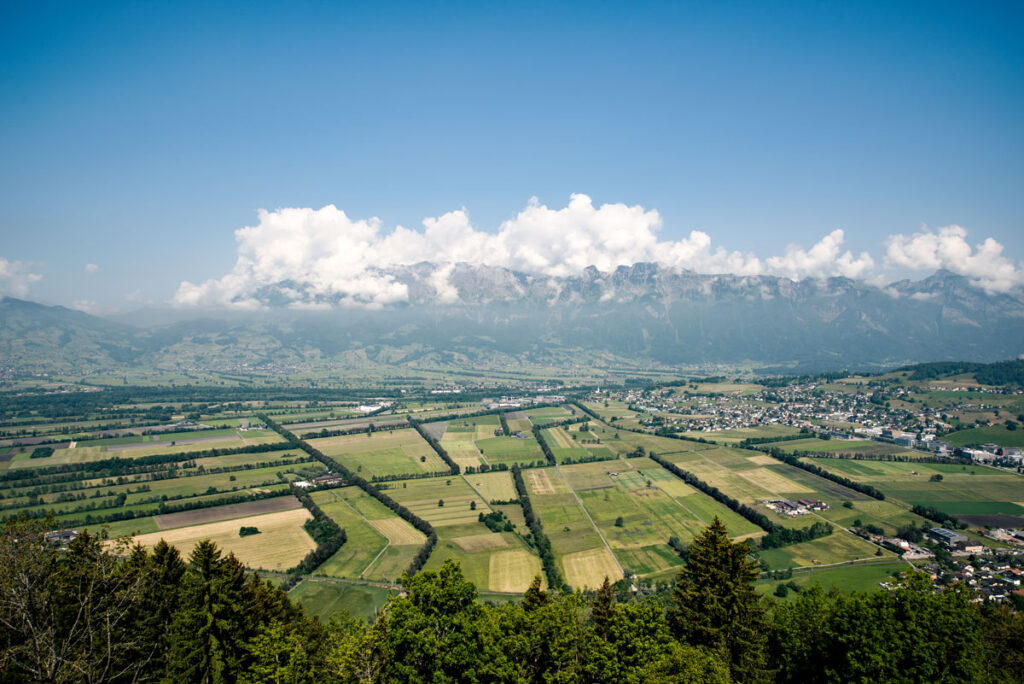
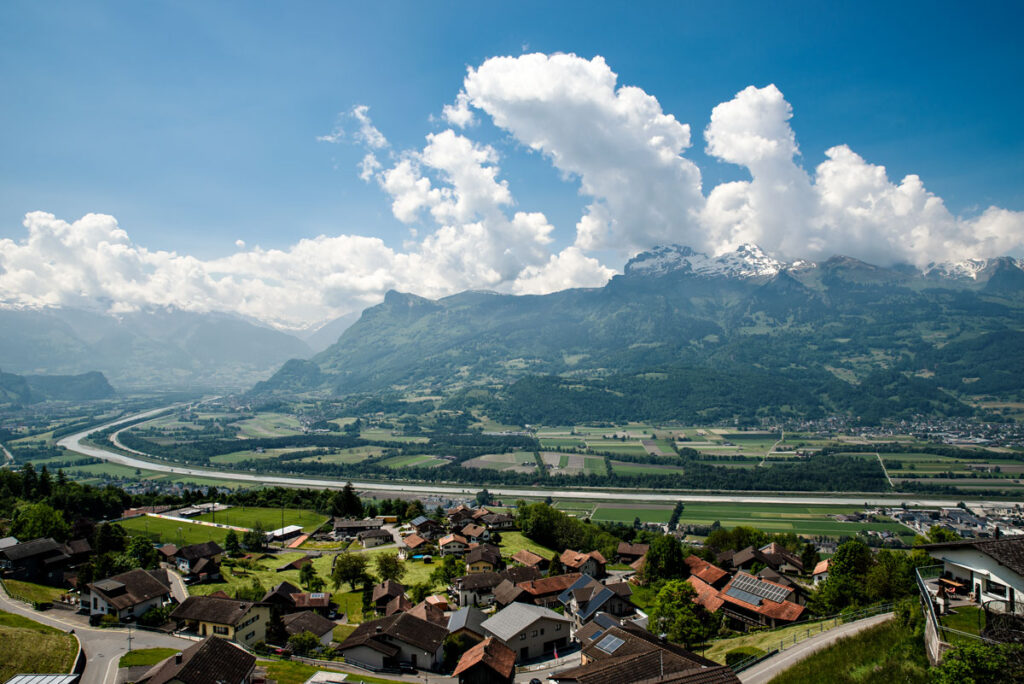
Every way from the valley and up into the mountains leads along serpentine roads, often narrow and with only one lane. Conifers and mixed forests nestle on the mountain slopes, with tranquil little villages in between. Every now and then a vantage point offers a wide view over the small country.
Almost every path invites to a hike, leads past small streams and sometimes ends in an alpine pasture with a hearty lunch in a mountain hut.
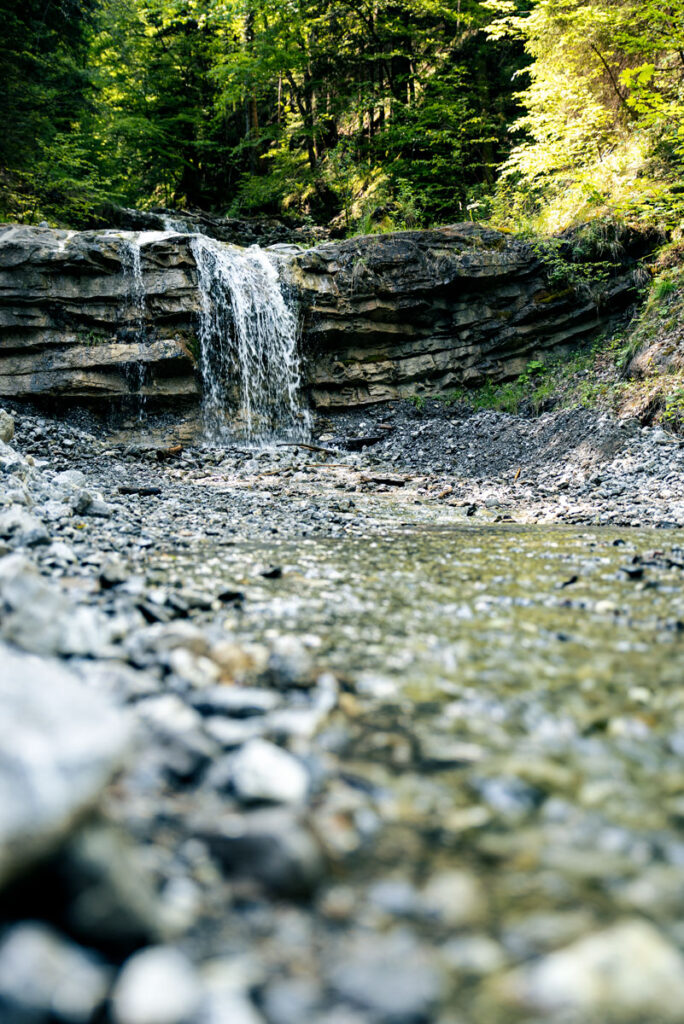
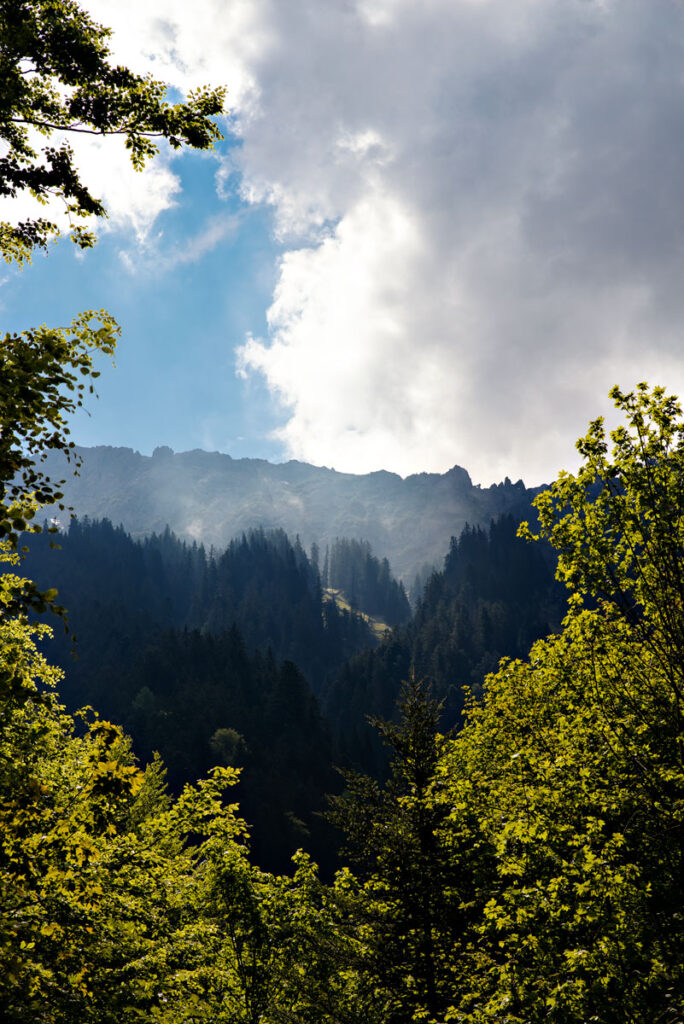
Mountains have always enchanted people. For thousands of years, they were glorified and revered as the residence of gods. When humanity’s thirst for adventure was exhausted in the search for ever new continents, it saw new challenges in mountains. They were conquered by people climbing them, erecting crosses on their peaks, blasting tunnels through granite and conquering them with sporting ambition and hiking boots or bicycles.
For us it is enough to enjoy the beauty of the surrounding Alps. A fresh wind brings cooling, the spicy scent of herbs is in the air. A small fire has broken out in the village not far away. Rescue workers and firefighters are running around between the rows of wooden huts, looking for smoldering fires.
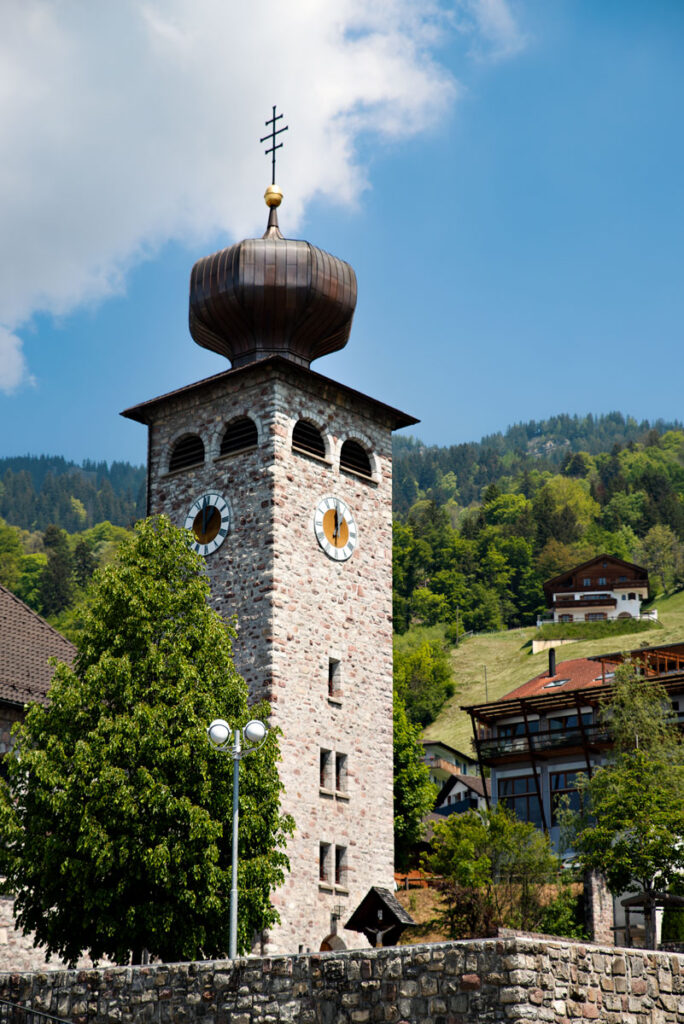
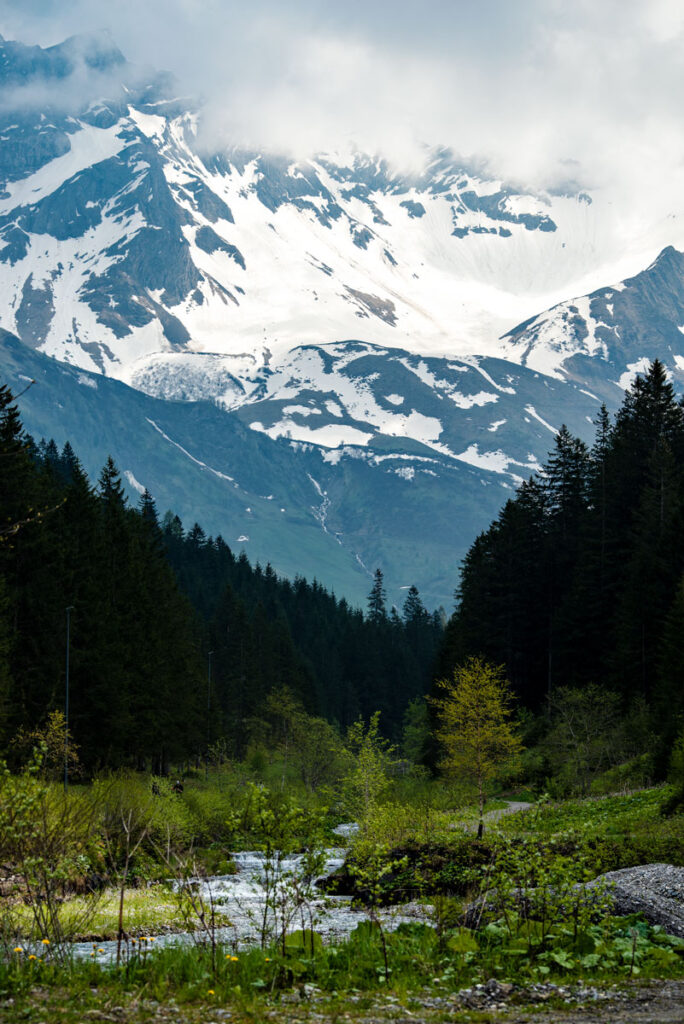
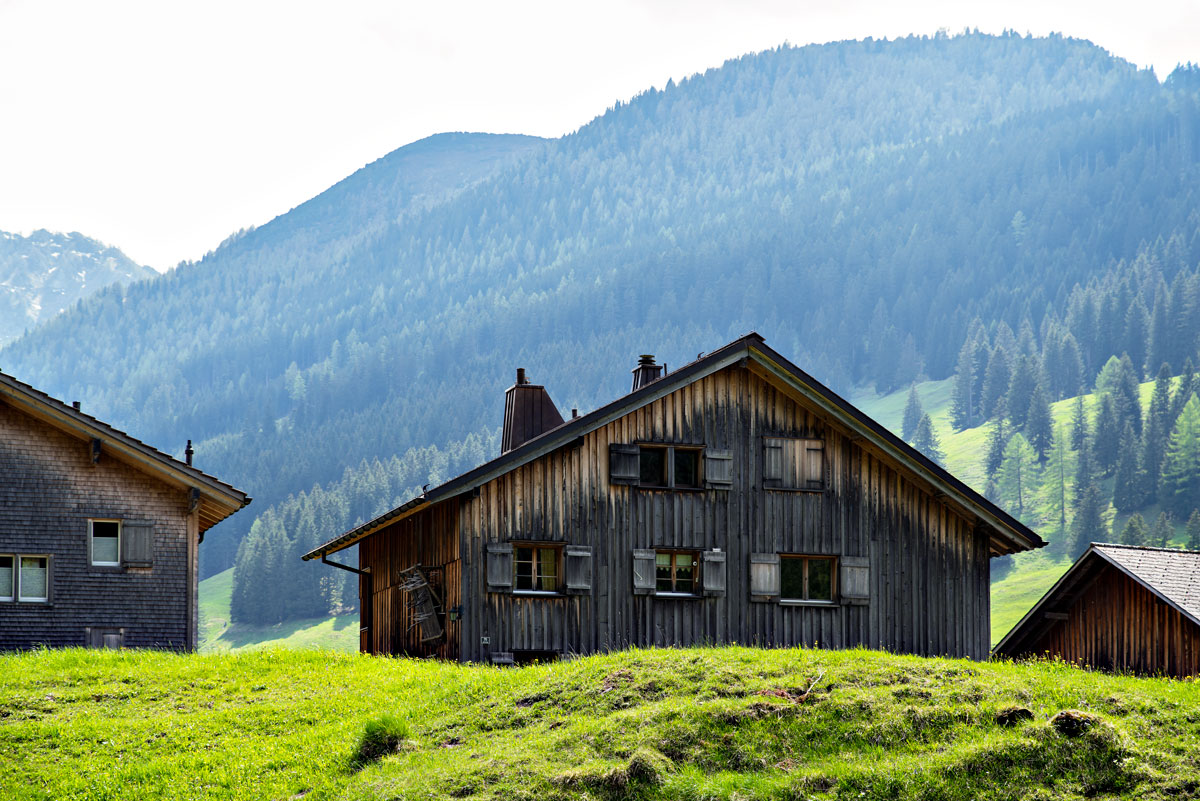
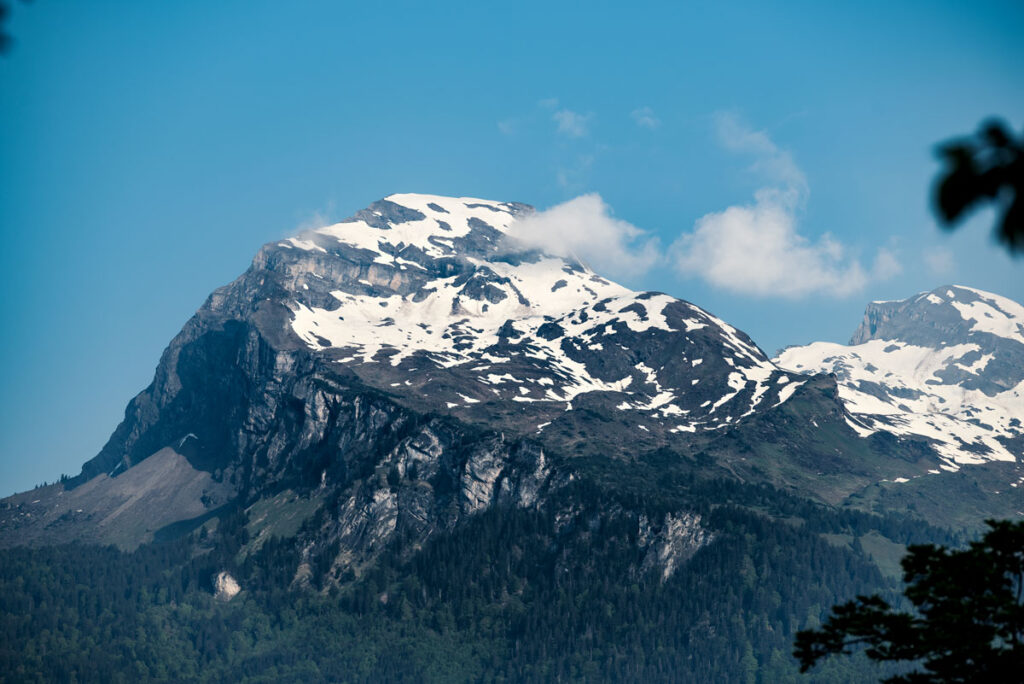
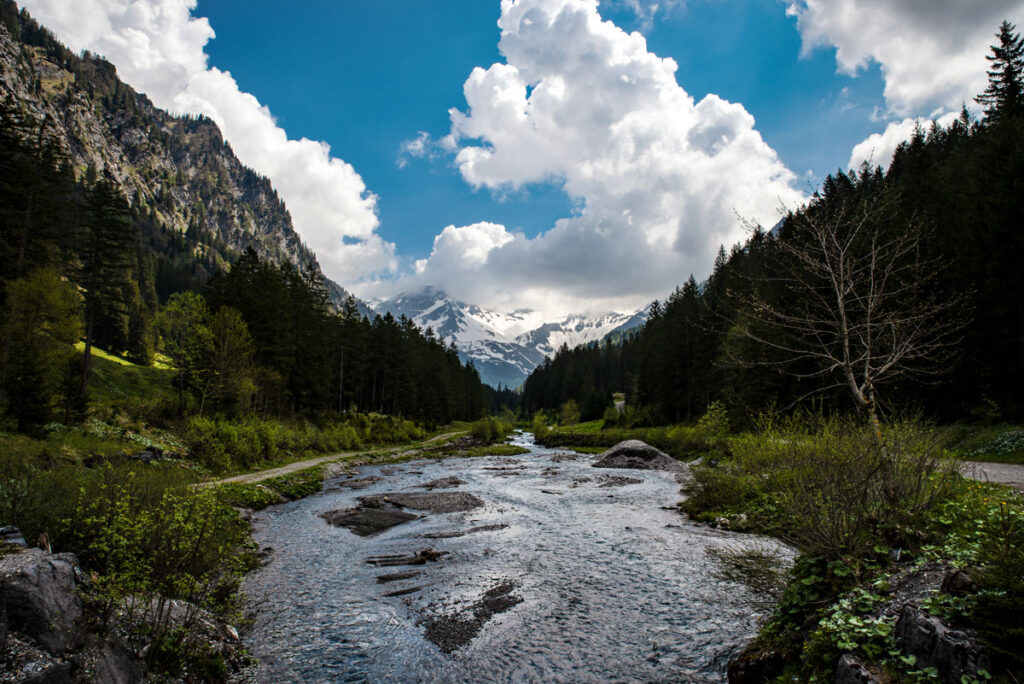
On a Sunday, downtown Vaduz is filled with Indian tourists. They snap selfies in front of the town hall and the art installations. The capital of the Principality of Liechtenstein has not even 6,000 inhabitants. A short walk leads to the Old Rhine Bridge from the previous century. On the other side lies Switzerland, with which Liechtenstein shares not only the currency but also part of the administration and public infrastructure.
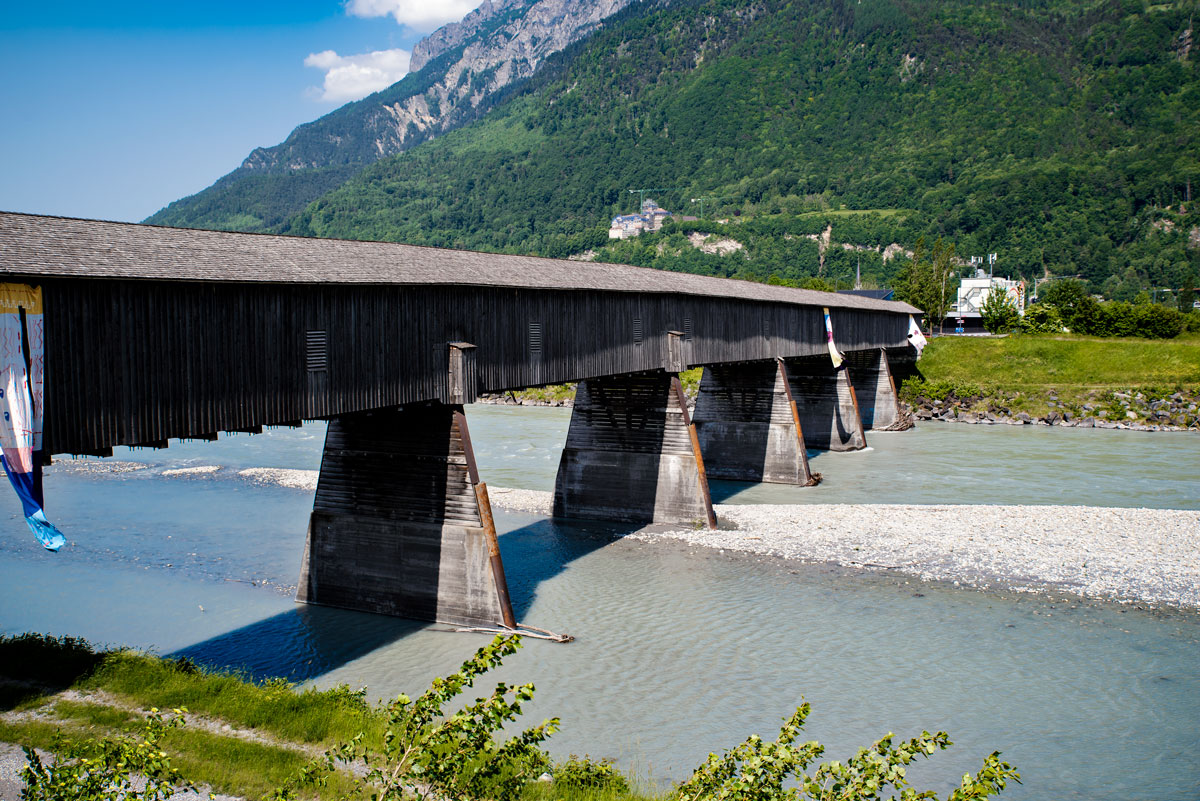
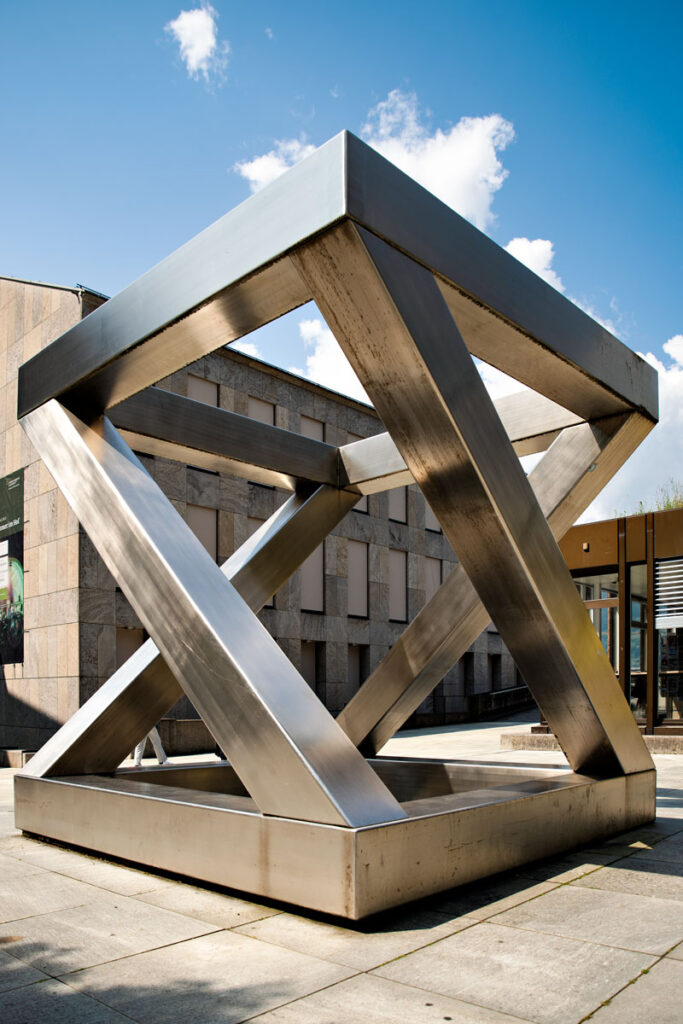
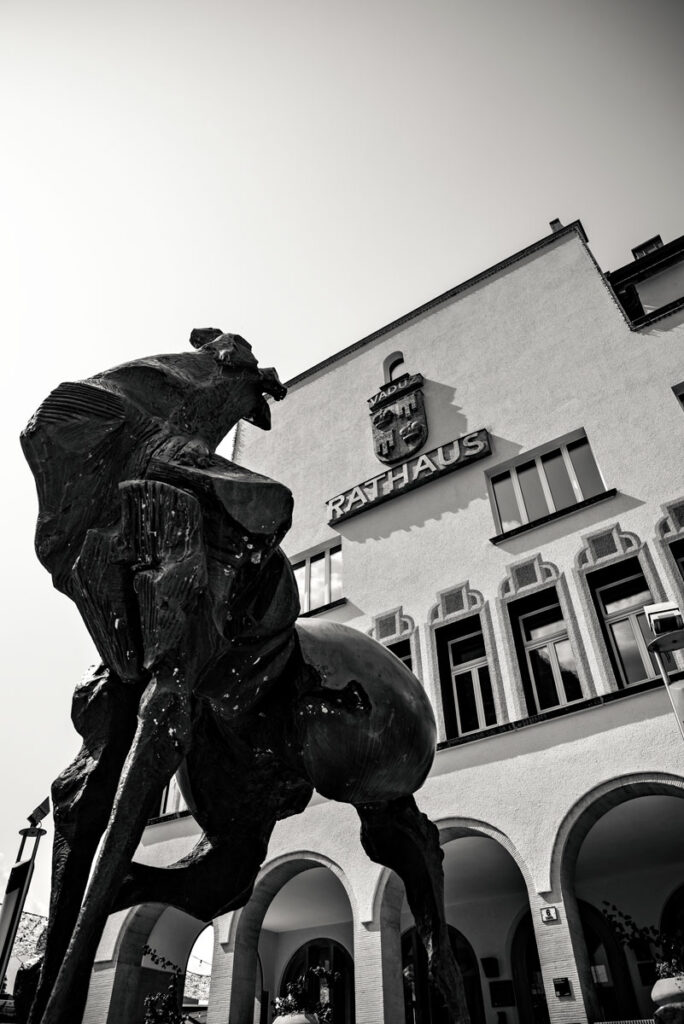
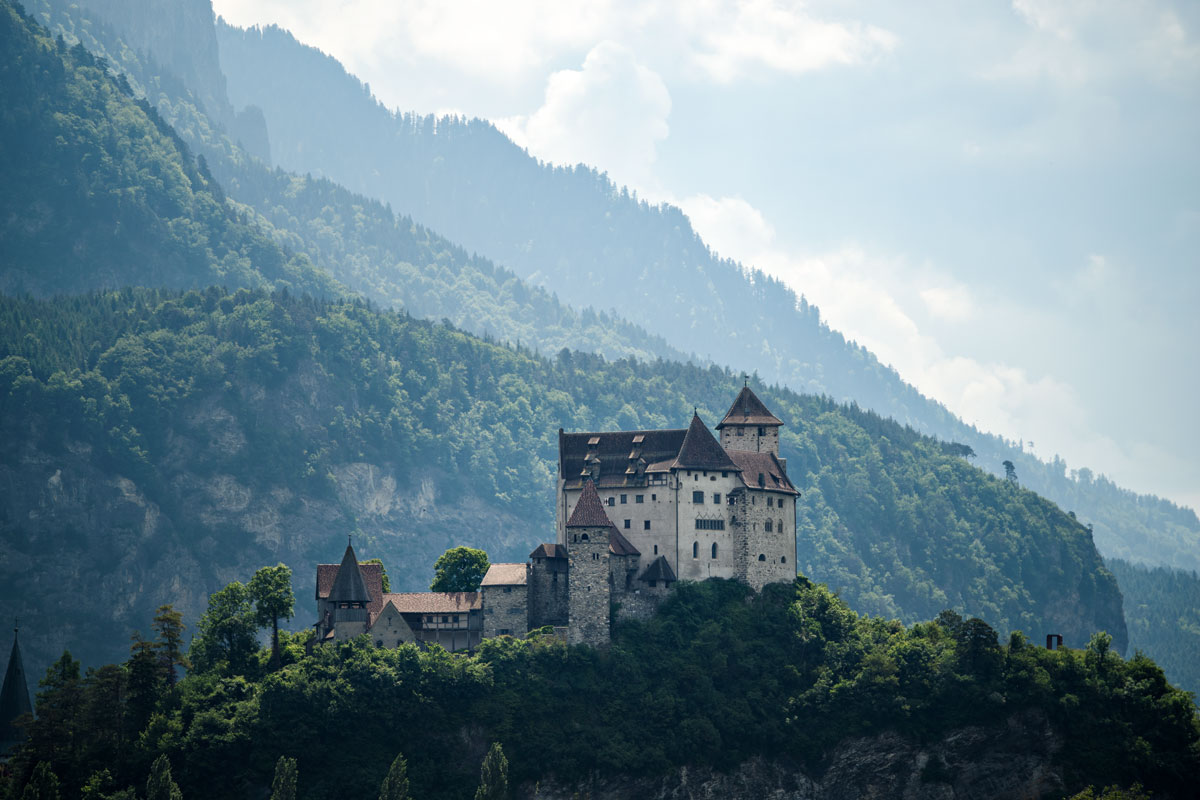
We leave the Principality of Liechtenstein in the south towards Switzerland. One last stop for a photo of Gutenberg Castle. What the picture doesn’t show: the hill on which the castle stands is surrounded by factory buildings and industrial areas.
Info about our trip
We toured the Liechtenstein Principality for two days on our way to Italy. This is enough for a rough overview and the sights. Of course, you can also spend a whole week in the country. You can go cycling, hiking, mountaineering, skiing in winter or visit the numerous museums.
You should definitely take half a day for a walk through Vaduz and to the Old Rhine Bridge. Passing the castle of Vaduz, you will reach the village of Triesenberg and from there on to Steg and Malbun. The latter is a well-known ski resort and there or already at Steg there are beautiful hiking routes and pure nature. If you have more time and are in the mood for hiking, you can discover the Principality on the 75km long Liechtenstein Trail.
In Liechtenstein you pay with the Swiss franc and in most restaurants and hotels also with card (we got along without cash).
The prices for a double room per night start at 120€, rather more. A cheaper alternative is camping. Food and fuel are much more expensive than in Germany. We were once out to eat and have p. P. (main course and drink) paid about 20-25€. There is no toll.
A Liechtenstein specialty is cheese spaetzle with apple sauce (Käsknöpfli). Appenzeller cheese is mixed with sour cheese, so the dish is not for friends of mild cheeses. Also recommended is Gröstl – fried potatoes with bacon and/or sausage and a fried egg. A hearty meal that should be well considered before a hike or bike ride.
We stopped for lunch at the Bergstübli in Steg. From the outside the restaurant is inconspicuous, but they serve hearty and delicious meals. Here, locals drink a schnapps and tourists refresh themselves for the next stage. A chat with the owners is also inside.
Since the hotels in Liechtenstein were too expensive for us, we didn’t even think of looking for them, but went directly to the Mittagsspitze campground. The place has a good size with nice grass pitches. The sanitary facilities are clean and sufficient. There is also a swimming pool (open only in summer).
Wild camping is forbidden in the forest and in nature reserves, on parking lots it may be tolerated. Therefore, look for a campsite, even if it is tempting to wake up on a remote alpine meadow with a view of the mountains. In addition, Liechtenstein is densely populated and well visited during the vacation season – secluded campsites are likely to be hard to find.
We felt 100% safe at all times.
We traveled through Liechtenstein with our eight-month-old baby and found Vaduz to be a quiet, green and stroller-friendly town. We think that a vacation in Liechtenstein is ideal for children and families anyway: lots of nature, hikes of any difficulty and the cliché of “vacation on the farm”.
We were traveling with Mr. Lux – our Toyota Hilux, so we can’t make any statement about public transportation. As for driving: the roads are empty and well developed. However, the roads leading into the mountains are very curvy and narrow and you have to expect hikers and cyclists.
Off-roading: In the winter, there is certainly a snowy road or two that invites you to alpine snow driving fun. However, due to the large number of serpentines and narrow lanes, the risk of going off the road if you drive carelessly is very high. Apart from that, we did not see any legal possibilities to leave the paved roads. However, we do not want to exclude that there are small routes deeper in the mountains, which could give a little “offroad feeling”.
